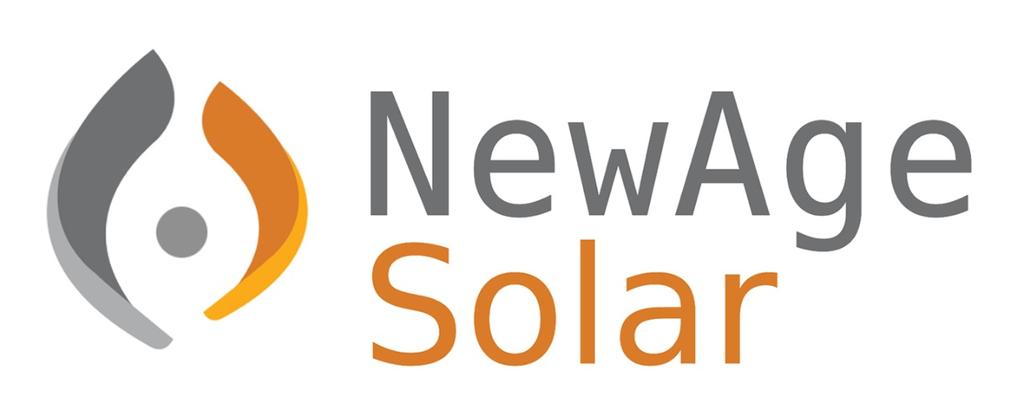


The most common, low-cost, economic, and better operation we use Grid interactive/ connected system. This
system will operate only when both solar and grid power is available & the first load feed from solar &
balance will be imported from the grid. If case of excess solar power is either exported or trimmed (No
export).
Based on the application of both the supply one as Main & other as Backup or as load sharing depend
upon the conditions.
Condition 1
PV /Solar available & Grid available
PV Energy<
Load Requirement Load supplied through PV Energy + Grid
In that case, both
supply
available and solar-generated power is lower than the required Load (due to low capacity of
installed solar, heavy loads, space constraint for solar or due to budget issue) then first load
feed though PV and balanced will feed on Grid supply.
Condition 2
PV available & Grid available
PV Energy> Load Requirement
Load supplied through PV Energy
In that case, both supplies available and solar-generated power is greater than the required
Load that complete load will feed through PV, and excess supply will trim or feed to grid.
Condition 3
PV Not available & Grid available
Load supplied through Grid Energy
In that case, PV/Solar Power not available (during the bad weather, at night duration, or
due to maintenance of PV System), and then complete load will feed through grid power.
Condition 4
PV Not available & Grid not available & Emergency DG available
Load supplied through Emergency DG set
This is the case in which required electricity very essential like Hospital, Office,
Bank, Hotel, multistory apartment, etc. and PV/Solar Power, Grid power not available
then emergency Diesel Generator (DG Set) will feed to complete load.
• Most Commonly use and adopted model by the customer due to working philosophy
• You can make money by through off the generated excess power to Grid/Government
• Low Investment Cost
• Will cuter the complete load during the office's peak hours
• Grid supply available as Backup in case of nonavailability of PV
• Storage Battery Not required
• No maintenance cost
• Low Generation losses
• Payback time is good it will return the total investment cost within 3 to 4 years (approx.)
• Cannot store the electricity for the duration of nonavailability of PV/ solar.
• Required grid power supply during unavailability of the PV system (like during the night, rainy
season).